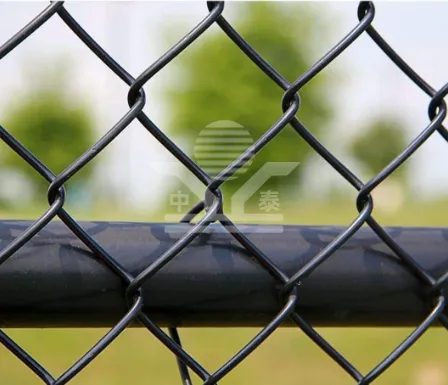Understanding Mezzanine Grating A Multifaceted Approach to Structural Design
In modern architectural design and construction, the integration of mezzanine grating has emerged as a significant innovation that enhances both functionality and aesthetics within a space. Mezzanines are intermediate floors, typically between the ground floor and the first floor of a building, that provide additional space without the need for a full extension of the building's structure. Mezzanine grating, specifically, refers to the flooring system that supports this elevated space while allowing visibility and airflow below.
The Purpose and Applications of Mezzanine Grating
Mezzanine grating serves various purposes across different industries. In warehouses and industrial settings, it maximizes vertical space, allowing for additional storage or office areas without expanding the building's footprint. In commercial spaces, such as retail stores or restaurants, mezzanine grating creates a unique design element that can enhance the customer experience by offering an open and airy environment. Mezzanine floors are particularly popular in loft-style apartments, art galleries, and exhibition halls, where they contribute to the overall design and functionality.
The use of grating materials allows for several beneficial features. These materials can be made from metals such as steel or aluminum, which provide high load-bearing capacities, durability, and resistance to fire and corrosion. Moreover, the open design of the grating allows for excellent light and air circulation, which is especially important in industrial settings where ventilation is often a concern.
Types of Mezzanine Grating
When it comes to mezzanine grating, there are various types to choose from, each offering unique advantages. Heavy-duty steel grating is often used in industrial environments due to its robustness and ability to support heavy loads. This type of grating typically features patterns that can accommodate machinery or storage requirements.
On the other hand, aluminum grating is lighter and more corrosion-resistant, making it suitable for environments where moisture may be an issue. It is often utilized in manufacturing or food processing settings. Fiberglass grating is another alternative, particularly advantageous in chemical processing facilities where exposure to harsh chemicals may corrode metals. It provides a non-slip surface and is also resistant to many corrosive agents.
mezzanine grating

Design Considerations
When incorporating mezzanine grating into a building design, several factors must be considered. The structural integrity of the original building must be assessed to ensure it can support the added weight of the mezzanine. Load calculations based on the intended use of the space guide the choice of materials and thickness of the grating.
Moreover, safety requirements play a crucial role in the design of mezzanine spaces. Building codes mandate the installation of guardrails, and the distance between grating panels must be minimal enough to prevent small objects or personnel from falling through. Additionally, fire safety regulations must be observed, which may affect the choice of materials used in the construction of mezzanines.
Aesthetic Appeal and Innovation
Beyond their practical applications, mezzanine grating solutions can significantly enhance a building's aesthetics. Designers often take advantage of the transparency and elegance of grating materials to create visually appealing spaces. This is seen in many modern retail and restaurant designs, where the interplay of light and shadows created by the grating material adds depth and interest to the environment.
Innovative design trends also incorporate green technologies, such as using recycled materials and integrating sustainable practices in the manufacturing of grating products. This commitment to sustainability not only appeals to environmentally-conscious consumers but also contributes to the longevity and durability of the structures.
Conclusion
In conclusion, mezzanine grating represents an essential component in contemporary architecture, merging functionality with aesthetic appeal. As urban spaces become more limited, the efficient use of vertical space through mezzanine levels offers a stylish and practical solution. With a plethora of materials and designs available, building owners and architects can tailor mezannine grating systems to meet their specific needs, ensuring that spaces are maximized while remaining safe and visually striking. The future holds exciting possibilities for this innovative approach to structural design, paving the way for even more creative and efficient uses of space.
-
Why Galvanized Trench Cover Steel Grating Resists Corrosion
NewsJul.10,2025
-
The Versatility and Strength of Stainless Expanded Metal Mesh
NewsJul.10,2025
-
Load Calculations in Steel Grating Platforms
NewsJul.10,2025
-
Keeping Pets and Kids Safe with Chicken Wire Deck Railing
NewsJul.10,2025
-
Hole Diameter and Pitch for Round Perforated Metal Sheets
NewsJul.10,2025
-
Aluminium Diamond Mesh in Modern Architecture
NewsJul.10,2025
Subscribe now!
Stay up to date with the latest on Fry Steeland industry news.

